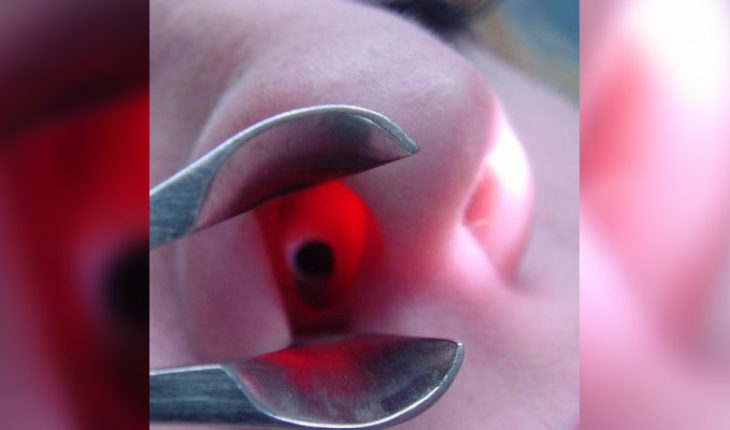Photograph/ Pixabay
World.- Children can wear the coronavirus in the nose and throat for weeks, even if they show no symptoms, which would explain how the virus can spread silently, they reported, on Friday, South Korean researchers.
“In this case series study, unhealthy infections in children may have been associated with silent covid-19 transmission in the community,” the researchers said in the study.
“Interestingly, this study aligns with adult data in which up to 40% of adults can remain asymptomatic against infection,” Dr Roberta DeBiasi and Dr. Meghan Delaney, both of the Children’s National Hospital in Washington, wrote in an editorial accompanying the research. Neither of us participated in the investigation.
“In this study, the authors estimate that 85 children are infected (93%) they would have been overlooked using a test strategy focused on evaluating only symptomatic patients,” they said.
The study, published in the journal JAMA Pediatrics on Friday, showed data from 91 asymptomatic, presymptomatic and symptomatic children diagnosed with covid-19, between February 18 and March 31, at 22 south korean centers.
Among these patients, 22% showed no obvious symptoms and remained asymptomatic throughout the process.
Another 20%, they were presymptomatic, meaning they did not look or feel sick at the time, but eventually developed symptoms later.
In total, more than half of children 78% did show symptoms, including fever, cough, diarrhea, abdominal pain and loss of smell or taste, among other symptoms. The duration of symptoms seemed to vary, from one to 36 days.
“This suggests that even children, mildly and moderately affected, remain symptomatic for long periods of time,” DeBiasi and Delaney described in the editorial.
Data showed that only 8.5% of patients with symptoms were diagnosed with covid-19 at the time their symptoms began. Most (66.2%) patients with symptoms had symptoms that were not recognized before being diagnosed, and 25.4% developed symptoms after being diagnosed.
“This highlights the concept that infected children are more likely to go unnoticed with or without symptoms and continue their usual activities, which can contribute to viral circulation within their community,” DeBiasi and Delaney wrote.
Source: CNN.
translated from Spanish: Study suggests that children are able to carry coronavirus in the respiratory tract for weeks
September 2, 2020 |




